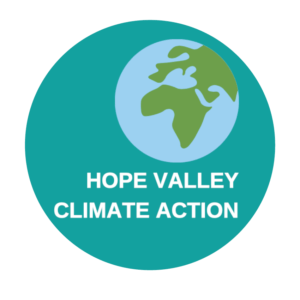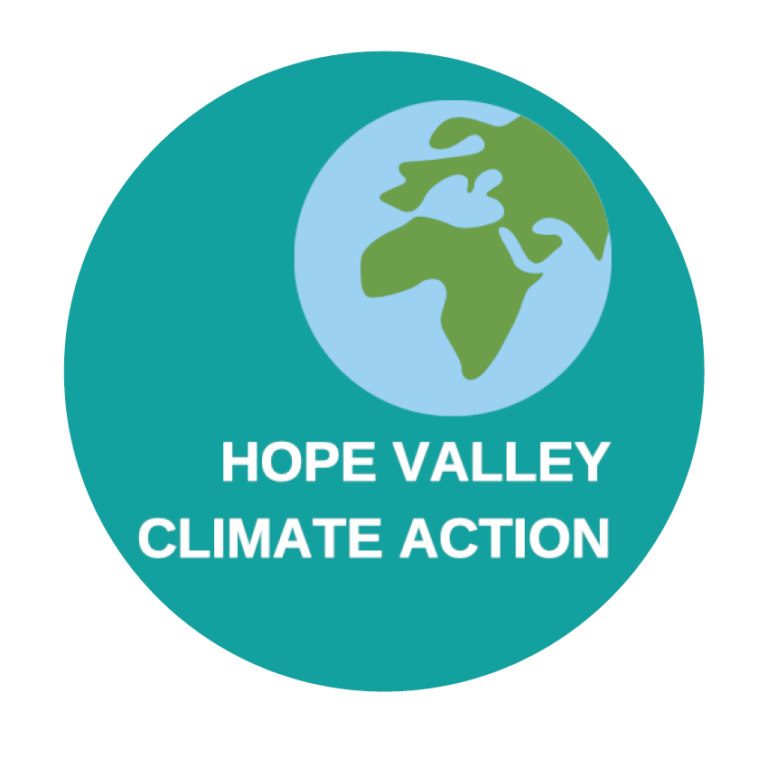Travel Survey Findings
A big thank you to the many people who completed the Travel Survey. 467 people responded. 72% were resident of Hope Valley and 28% were visitors. Only 17% were members of HVCA.
Travel Survey Report (532 downloads )
Appetite for change
The survey showed that there is a considerable appetite for more sustainable travel in the Hope Valley. Many people are willing to consider making the switch to active travel, electric vehicles and greater use of public transport, provided the conditions are right. These include safe roads and ready access to high quality public transport. There is also a new appetite for working from home, reducing the need to travel.
Findings
The stand-out finding is half of all residents said they were willing to change to a more sustainable form of transport and drive less. 49% said they would walk more, 76% said they would cycle more, 56% would use the train more and 62% would use the bus more. 65% of resdients said they plan to work more from home, an obvious effect of the Covid lock-down and people accommodating to new ways of working. 61% said they would be prepared to drive less.
In terms of climate change action, this is the most encouraging part of the survey. How much of this aspiration translates into to action, however, is an open question.
63% of both residents and visitors are considering switching to an electric vehicle. However, only 2-4% have already taken this step.
Current travel

Resident travel
Most residents are highly reliant on private cars as their main form of transport for regular journeys, other than those within their own village. The majority of adult residents (67%) make regular journeys of more than 5 miles. Pre-Covid, only 6% of residents relied solely on public transport and only 1% walked or cycled for regular journeys.
Young persons travel
School children in the Valley (young persons under 17) are bigger uses of public transport (28%) and walk or cycle more than adults. Nevertheless the majority of young are still highly reliant on private cars as their main form of transport for regular journeys, including the journey to school.
What stops people
Using public transport: What stops people using public transport is inadequate service provision: frequency, reliability, limited routes, no late night service.
Walking and cycling: The top two reasons stopping people cycling are road safety and trip distance.
Next steps
1. Campaigning for dedicated cycling and walking routes, more road space for cyclists and walkers, and low speed limits in villages and on minor roads
2. Pressing for high quality, integrated, regular and inexpensive rail and bus services.
3. Lobbying for greater regional coordination of integrated transport.
4. Encouraging the switch to electric vehicles [bikes and cars]
5. Calling for better management of visitors’ journeys.
Travelling light
Travelling light aims to combat climate change by encouraging everyday walking and cycling, increasing the use of high quality public transport, and reducing the use of vehicles powered by fossil fuels. These steps will also improve the quality of life of residents and visitors by enhancing road safety and reducing the noise and disruption resulting from traffic. https://hopevalleyclimateaction.org.uk/bbc-north-west/
Get involved
We would like to hear your comments on the survey. We would also welcome your help in taking forward these actions. Contact Roger Clarke if you would like to get involved.



